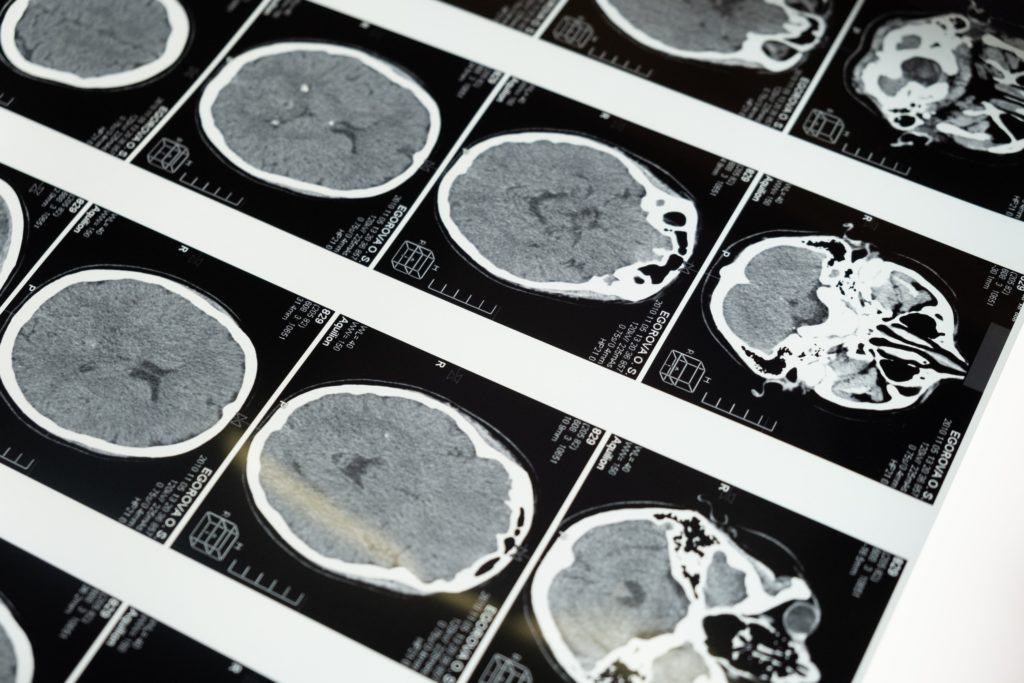This is a clinical case report of a 60-year-old man with a history of coronary artery disease who goes into sudden cardiac arrest. The emergency medical personnel arrive at the scene and find that bystanders have already started cardiopulmonary resuscitation (CPR). The CPR is successful and the patient regains consciousness. He is rushed to the hospital and is managed for the underlying heart condition that led to the cardiac arrest.
On the third day of admission, the nurse notices that the patient has developed brief, jerky movements of the muscles. These movements worsen with intentional movement. No acute changes are seen on magnetic resonance imaging (MRI) of the brain. Electroencephalography (EEG) is performed and reveals epileptiform activity. The patient is started on clonazepam, which results in the improvement of symptoms.

Case Report Overview
The patient in this case report was diagnosed with Lance-Adams syndrome (LAS) or chronic posthypoxic myoclonus (PHM). LAS is a rare disease entity. According to a literature review, less than 170 cases of LAS have been reported worldwide. It is defined by the development of intention or action myoclonus days to weeks after a patient survives cardiac arrest. The exact pathophysiology of this condition is not known. However, the depletion of serotonin in the inferior olivary nucleus of the medulla is thought to play a key role in the development of myoclonic jerks following a hypoxic episode. The prognosis of this condition is generally good and treatment with antiepileptic drugs is usually effective.
Clinical case reports are an important component of medical literature and are aimed at describing unusual or novel cases, such as LAS. It is extremely important to do proper research before writing a case report. In addition, a good case report should provide a well-structured account of the clinical features, diagnosis, treatment, and follow-up of the patient.
If you need help with writing or editing your case report, don’t hesitate to get in touch with me!